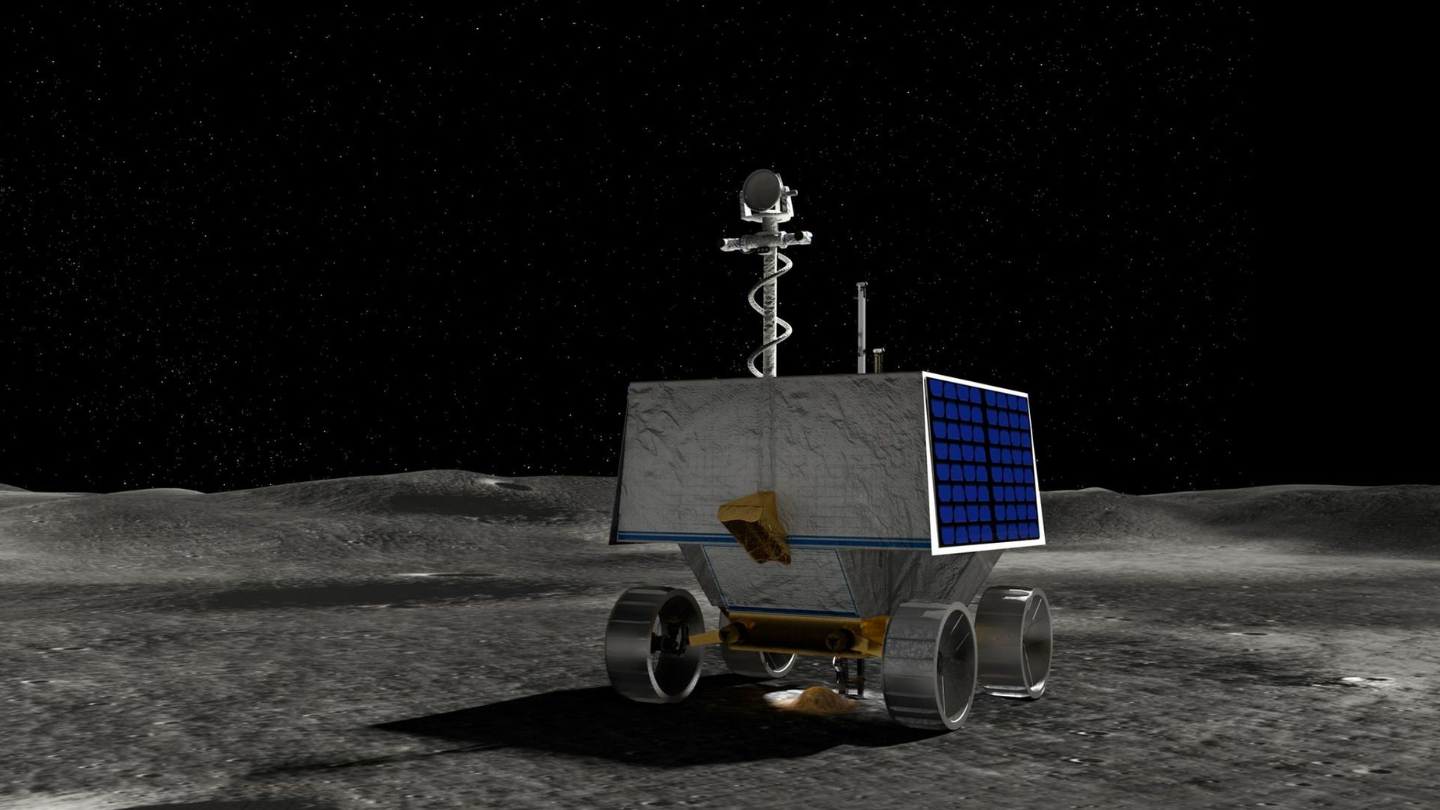There are less than two months left for stargazers to send their names to NASA and have them added to the VIPER on its way to the moon. The mission is scheduled to lift off in late 2024.
The VIPER will be NASA’s first robotic moon rover to land on the moon’s south pole at the end of 2024. The mission will explore the mysteries of moon’s water and the environment where NASA intends to land astronauts.
To commemorate the VIPER mission, NASA is inviting members of the public to carve their names in the stars.
Along with a variety of scientific equipment, the rover will bear the names of millions of people, all of whom will receive a one-of-a-kind “souvenir boarding pass” to “take part in this dangerous mission.”
VIPER will be used to explore and investigate areas of the moon that have never been explored before, according to Nicola Fox, associate administrator for lunar science at NASA Headquarters in Washington.
Imagine, our names will travel with VIPER as it traverses the rugged landscape of the south pole of the moon, collecting invaluable information that will aid in the exploration of the moon’s past.
To be considered for inclusion on the list, entries must be received no later than 15 March 2024.
It’s unclear how these names will be imprinted on this rover, but similar to a mission to Jupiter’s moon Europa, the names will be engraved using electron beams on silicon chips about the size of a five pound coin. Each line of text is about 1/1000th of a hair’s width.
“This is a game-changer,” said VIPER project manager Daniel Andrews.
This is the first of its kind and will broaden our knowledge of where resources on the moon can be exploited to support a permanent human presence,” he said.
When VIPER – short for “Volatile Evolved Polar Exploration Rover” – touches down on the moon’s surface, it will be powered by solar panels and rechargeable batteries for about 100 days.
It will have to withstand extreme temperatures and harsh light conditions, while powering a collection of sensors to collect data on the moon’s ice and other potential sources.
The rover, built as part of NASA’s Artemis programme, will also explore the landscape for NASA’s mission to send the first female and colour-blind person to the moon.

